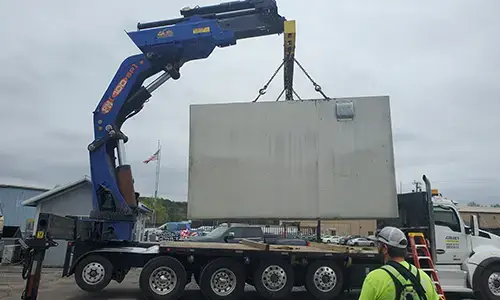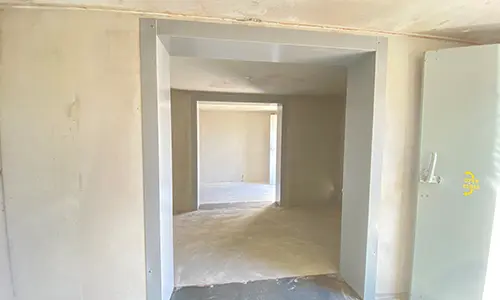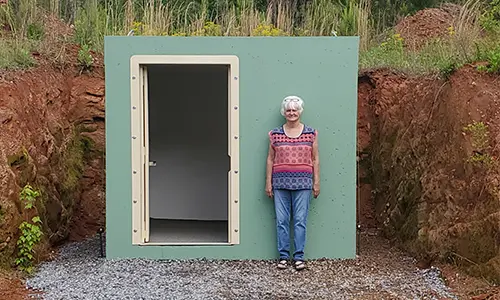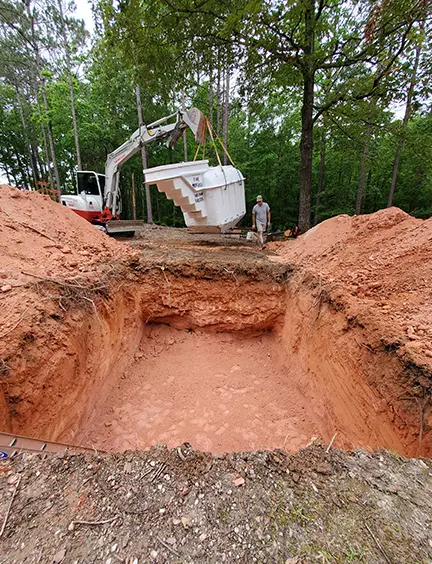Different Types of Storm Shelters in Alabama

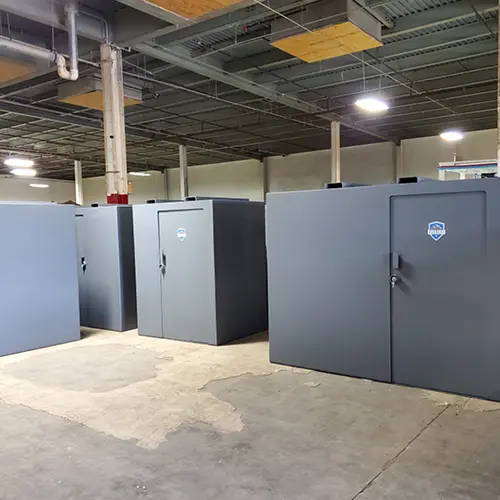
When severe weather strikes, every second counts. Having a safe place to shelter can mean the difference between life and death. Alabama, known for its southern charm, also sits in the heart of “Dixie Alley,” a region notorious for powerful tornadoes and severe storms. That’s why understanding the types of storm shelters available is vital for every homeowner.
As more families and communities focus on preparedness, knowing the features, costs, and installation methods of each option is essential. In this guide, we’ll explore the main types of storm shelters, their pros and cons, and which are best suited for Alabama’s unpredictable weather.
Learn why investing in a storm shelter from Lake Martin Storm Shelters could be the best safety decision you make this year.
Understanding Storm Shelters and Their Purpose
A storm shelter is a reinforced, secure space built to protect people during extreme weather events such as tornadoes or hurricanes. These structures must meet standards set by FEMA and the National Storm Shelter Association (NSSA), ensuring they can withstand extreme wind and debris.
Why Storm Shelters Are Essential in Alabama
Alabama consistently ranks among the top states for tornado frequency and intensity. EF4 and EF5 tornadoes can demolish entire communities within minutes. With limited warning time, underground storm shelters and above-ground storm shelters provide life-saving protection.
Early warning systems from trusted sources like Weather.gov and Ready.gov can alert residents, but personal shelters ensure the highest level of safety when seconds matter most.
Key Benefits of Installing a Storm Shelter
- Maximum protection from debris and extreme winds
- Increases home resale value and appeal
- Offers peace of mind during severe weather season
- Encourages community-wide safety preparedness
The Main Types of Storm Shelters and How They Work
Choosing between the different types of storm shelters depends on factors such as available space, soil conditions, budget, and mobility needs. Alabama’s mix of tornadoes and heavy rain means both above-ground and underground options are popular across the state.
1. Underground Storm Shelters
Underground storm shelters are among the most effective solutions for Alabama homeowners. They are installed below ground level, providing maximum wind resistance and natural insulation. Learn more about underground storm shelters.
Key Features:
- Made from concrete, steel, or fiberglass
- Installed in yards or beneath garage floors
- Equipped with tight-sealing doors and ventilation
Advantages:
- Offers top-tier protection from debris and wind
- Naturally insulated and discreet
Considerations:
- May flood in high-water areas
- Requires excavation for installation
These are ideal for rural properties with good drainage and ample space.
2. Above-Ground Storm Shelters
Above-ground storm shelters are built on solid foundations inside garages, carports, or as standalone units. They meet FEMA standards and can withstand EF5 tornado winds. Visit above-ground storm shelters for more details.
Advantages:
- Easier access for people with mobility issues
- No risk of flooding
- Can double as safe rooms or storage areas
Considerations:
- Occupies space inside or near your home
Explore the durable unpainted concrete above-ground storm shelter options available locally.
3. In-Garage Storm Shelters
In-garage shelters provide convenience and fast access during tornado alerts. These concrete storm shelters can be installed beneath garage floors or bolted directly inside.
Advantages:
- Immediate access from indoors
- Protected from outdoor debris
- Minimal yard disruption
Perfect for families in Alabama’s tornado-prone regions.
4. Community and Commercial Storm Shelters
Community shelters are larger, reinforced structures that protect multiple people. Learn about community storm shelters for schools, churches, and neighborhoods.
Advantages:
- Provides group protection
- Built to FEMA P-361 and ICC-500 standards
- Ideal for public and mobile home areas
These shelters strengthen community resilience and are often featured in preparedness initiatives from FEMA.gov.
5. Portable Storm Shelters
Portable storm shelters are lightweight, prefabricated units designed for mobility and affordability. Often made from steel or composite materials, these are excellent for renters or temporary housing.
Advantages:
- Easy to install and relocate
- Affordable alternative to permanent shelters
- Can be anchored securely on concrete pads
Although smaller, they still meet safety requirements for Alabama’s weather.
Storm Shelter Cost in Alabama
The storm shelter cost in Alabama varies based on materials, size, and installation method. On average, homeowners can expect:
- Underground storm shelters: $4,000–$10,000
- Above-ground storm shelters: $3,500–$9,000
- Concrete storm shelters: $6,000–$12,000
- Portable storm shelters: $2,500–$6,000
Additional factors like custom features, accessibility, and location can affect the price. Always request a professional storm shelter installation estimate from a certified provider to ensure safety and compliance with Alabama codes.
Real-World Applications: Storm Shelters in Alabama Communities
Across Alabama, from Tuscaloosa to Lake Martin, fiberglass storm shelters and concrete safe rooms are saving lives. After major tornadoes, communities that invested in shelters reported fewer injuries and fatalities.
Schools, churches, and local businesses often choose community storm shelters to safeguard students, employees, and residents. Visit AL.com or NCDC NOAA for recent data on severe weather impact across the state.
Expert Tips for Choosing the Right Storm Shelter in Alabama
Selecting the best shelter depends on property type, flood risk, and budget:
- Verify FEMA and NSSA certifications.
- Assess your property’s drainage and soil type.
- Choose above-ground storm shelters if mobility is a concern.
- Ensure the shelter fits your entire family and pets.
- Hire professional installers like Lake Martin Storm Shelters for certified and secure installation.
Avoid shortcuts or uncertified builders—your family’s safety depends on quality craftsmanship.
Key Takeaways: Investing in Safety and Peace of Mind
Whether you live in Birmingham, Montgomery, or near Lake Martin, investing in the right type of storm shelter is essential. From underground storm shelters to above-ground storm shelters, each option provides critical protection when storms strike.
Working with a local expert like Lake Martin Storm Shelters ensures proper storm shelter installation and long-term safety. With Alabama’s severe weather patterns, preparation isn’t optional—it’s necessary.
FAQs About the Different Types of Storm Shelters
1. What is the safest type of storm shelter for Alabama homes?
Both underground and above-ground shelters that meet FEMA standards are equally safe, depending on soil and flood conditions.
2. Can above-ground storm shelters withstand EF5 tornadoes?
Yes, certified above-ground shelters are tested to resist winds exceeding 250 mph.
3. How many people can a home storm shelter hold?
Most residential shelters accommodate 4–10 people, depending on the model.
4. How long does installation take?
Most can be installed in 1–2 days, depending on site preparation.
5. Are storm shelters required by law in Alabama?
No, but they are highly recommended in tornado-prone areas.
Ready to protect your family? Explore the full range of types of storm shelters and request a free quote from Lake Martin Storm Shelters today.

